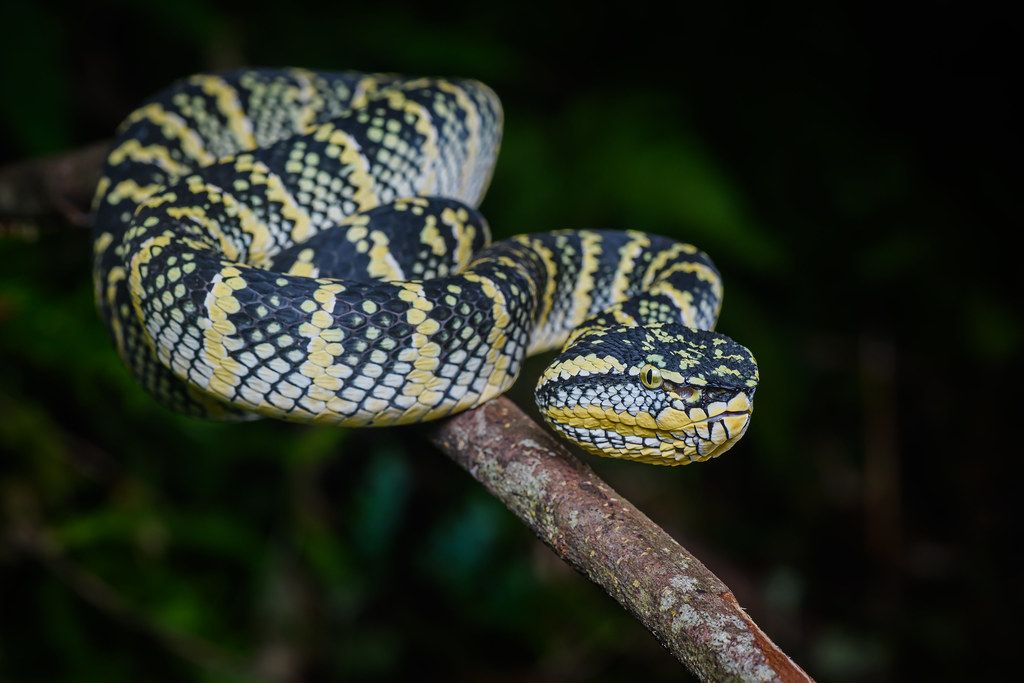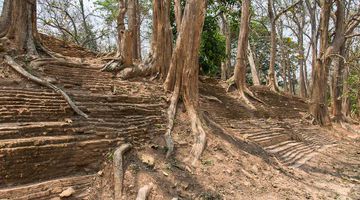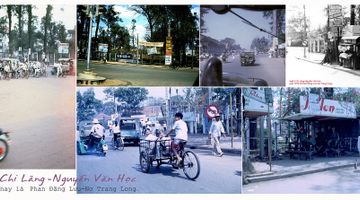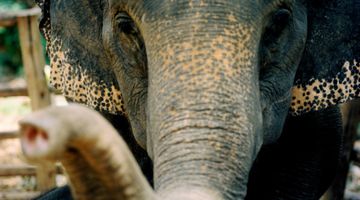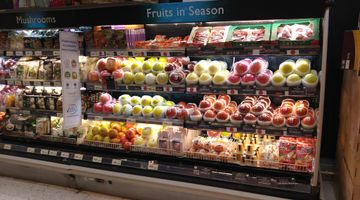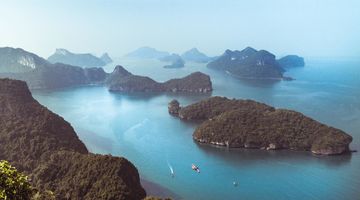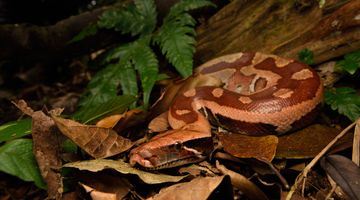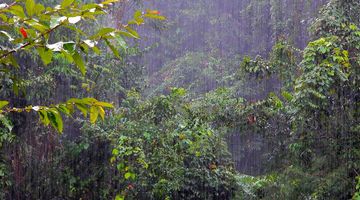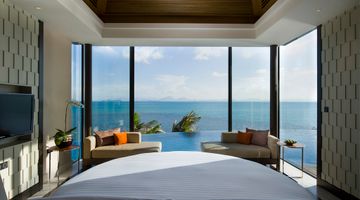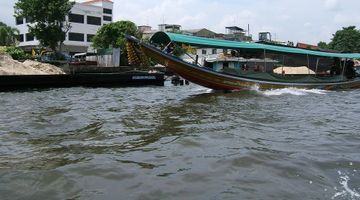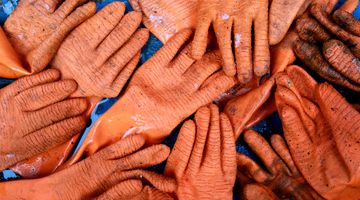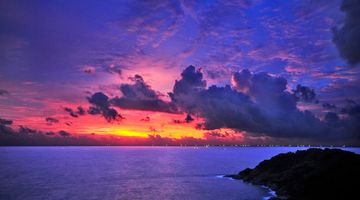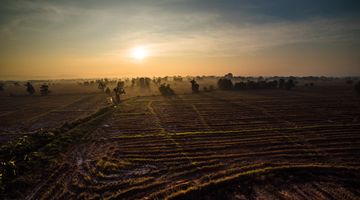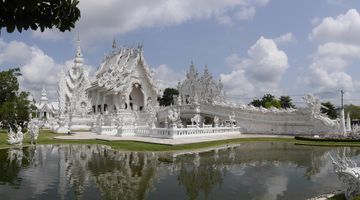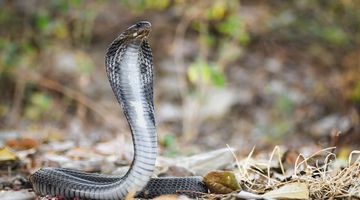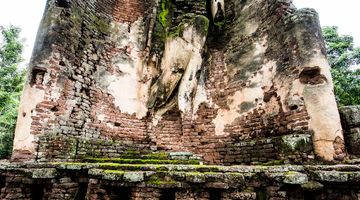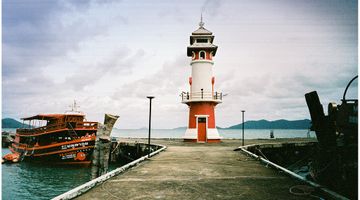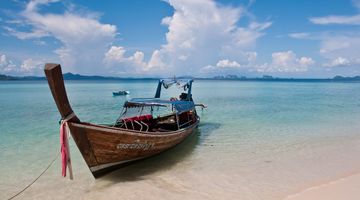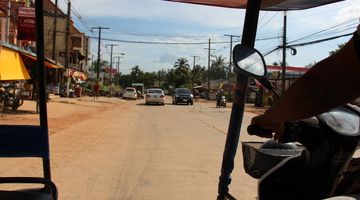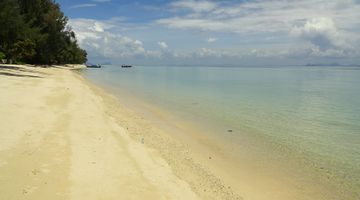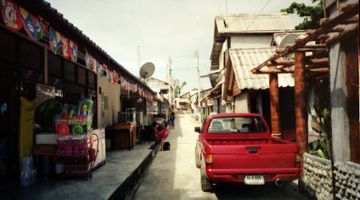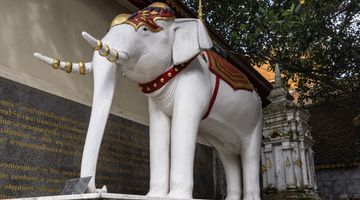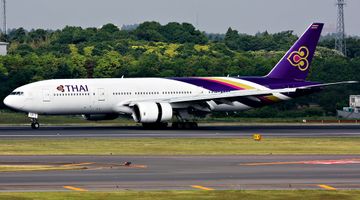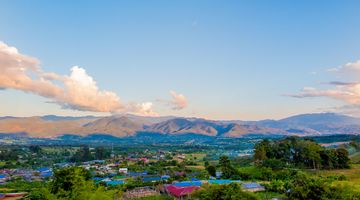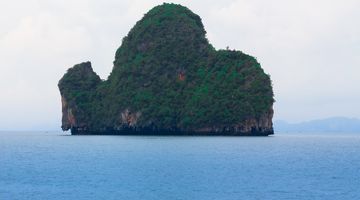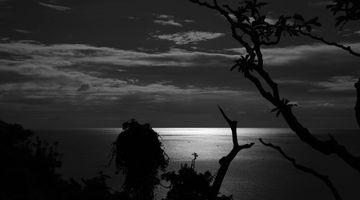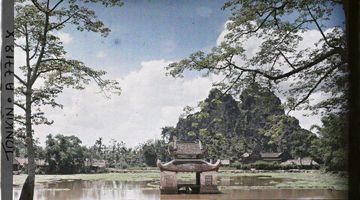Phang Nga Thailand – Your Quick Travel Guide
In a nutshell
Located in the south of Thailand immediately north of Phuket, Phang Nga province features breathtaking natural attractions and is a perfect destination for those in search of a genuine and more relaxed Thai atmosphere.
Why go to Phang Nga
Khao Lak with its 30 km of beautiful beaches is a tropical paradise for family and couples; the Similan and Surin islands are a definite must-visit for all the diving enthusiasts and Phang Nga National Marine Park is a serious rival to the outstanding Ha Long Bay in Vietnam.
Phang Nga town itself, the province capital, is too often overlooked by western tourists in favour of other more popular destinations, but a few days stop here will give you the chance to discover an unspoiled southern city with its great culinary traditions and affordable accommodation options.
Phang Nga town also serves as a perfect starting point for trips to Phang Nga Bay which is located just few km south of town. With more time in your pocket to organize your visit, Phang Nga a much better alternative for day tours to the Bay than Phuket or Krabi. Starting from Phang Nga you will be able to beat the crowd escaping the busiest hours of the day and get a more memorable and private experience.
But that’s not all. In fact the spectacular Phung Chang cave and the beautiful and deserted Manora Waterfall are just few km away and are a pure delight for nature lovers, while temple enthusiasts will enjoy some interesting attractions nearby.
When to go to Phang Nga
The best time to visit Phang Nga is the coolest season from November till February. The weather is dry, the temperature is cooler than during the rest of the year, the water is calm and the colours of the sky and the sea are exactly how you would imagine them on a postcard. An obvious downside of this period is that it is the busiest time of the year, and especially Phang Nga Bay and Khao Lak are more crowded with international and domestic tourists.
The hot months of March and April are already quieter, but you’ll have to deal with the heat during the day and night.
The rainy season is still a good period to visit for the first two months of June and July, after that you’ll have high chances to see your vacation partly ruined by heavy and long rain.
Phang Nga is in fact the second wettest province in Thailand.
Where to stay in Phang Nga
The majority of the accommodation options are scattered around the old bus station in the city centre. No reservation is needed and a stroll around the area is the best way to check out some of the available rooms.
The majority of the cheapest hotels and guesthouses are not even listed on internet websites and even when they are, walk-in rates will be better, especially during the low season.
A simple fan room with an attached bathroom in an old property normally comes for as low as THB200, while more modern guesthouses offer better furnished double rooms with an air-con starting from THB550. Check out Baan Phangnga on the main road if this is your budget.
Mid-budget solutions in a natural environment can be found in quieter locations a bit away from the main road. Home Phang Nga Guesthouse (Soi Klangmuang) is where we stayed during our last visit and it was well worth it. Prices start from THB900. High end category is completely non-existent in Phang Nga.
Where to eat in Phang Nga
A nice night market opens every night near the hospital, a couple of km south of the old bus station. This is the best place to go for dinner if you have only one night in town. Beside all the classic market dishes such as meat skewers, chicken barbecue, noodle soups and papaya salad, you will find some traditional southern curries to have a real taste of the regional cuisine. Don’t expect English signs or menus but all the dishes are on display, so ordering is quite easy anyway. Prices are within the THB30/THB70 range.
For a more comfortable dining experience on seafood and freshwater fish check out one of the restaurants on the riverside.
Western food options are limited to the hotels’ restaurants where some pasta, pizza and steak are offered, none of which is particularly memorable. Baan Phangnga has the widest menu (in English) and the strongest reputation among foreigners.
How to get around Phang Nga
The area where the majority of guesthouses and restaurants are located is quite compact and easy to explore on foot.
For longer trips motorbike taxis are available at every corner and they will take you anywhere in town for THB30/THB50.
If you plan to explore the surrounding area by yourself, renting a motorbike is possible at many shops and hotels for THB250 a day. Alternatively you can hire a songthaew for the day with prices starting from THB1500. Not a bad idea if you’re a group of 4 people or more.
To visit Phang Nga Bay a private long tail boat is a much better experience than an organized tour. Head to Surakul Pier, 15 km west of town, in the early morning before the big crowd will get there and expect to pay THB2000 for a boat accommodating up to 10 people.
How to get to and from Phang Nga
There’s a bit of confusion as the old bus station in the city centre is currently being replaced by a new one 10 km out of town. At the moment of writing (September 2017) the transition is underway and while the bigger long-distance buses already use the new terminal, some of the short distance routes and especially those served by minivans still operate from the old one.
If your bus drops you at the new station, a blue public songthaew will take you to town for THB50. Before leaving Phang Nga ask your guesthouse to direct you to the correct terminal according to your destination.
At least 3 buses leave for Phang Nga daily in the afternoon from the Southern Bus Terminal in Bangkok. The trip takes 13 hours and prices start from THB500 for an express bus, while a more comfortable VIP that departs at 5.30pm costs THB920. An early morning bus leaves at 6.30am, but keep in mind that you will arrive in town by 8.00pm and you’ll waste your entire day on the bus.
Multiple buses and minibuses head from Phang Nga to Phuket, with ticket prices starting from THB80. The trip takes 1,5 hour.
To go to Khao Lak, take a bus to Khok Kloi and from there get on any north-bound bus – ask the driver to stop at the beach you prefer.
There are direct links to many other destinations from Phang Nga including Krabi, Surat Thani, Ranong, Hat Yai, Satun, Trang, Khao Sok National Park and much more.
If you’re looking for a quicker way to get to Phang Nga from Bangkok, you can fly to Phuket or Krabi and get a bus from there.
Is Phang Nga a safe place to visit?
As always in Thailand be extra careful when renting a motorbike, wear a helmet all the time and drive slowly. If you go snorkelling or swimming in Phang Nga Bay be aware of the boat traffic and if you hire a private boat ask your captain to take you to a safe place suitable for these activities.
A large hospital in the south of town should be enough to treat any problem you could eventually face.

